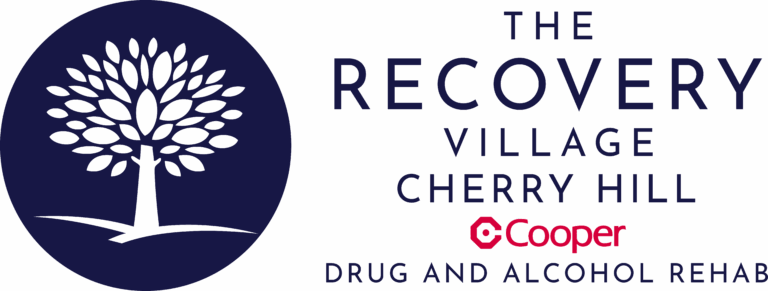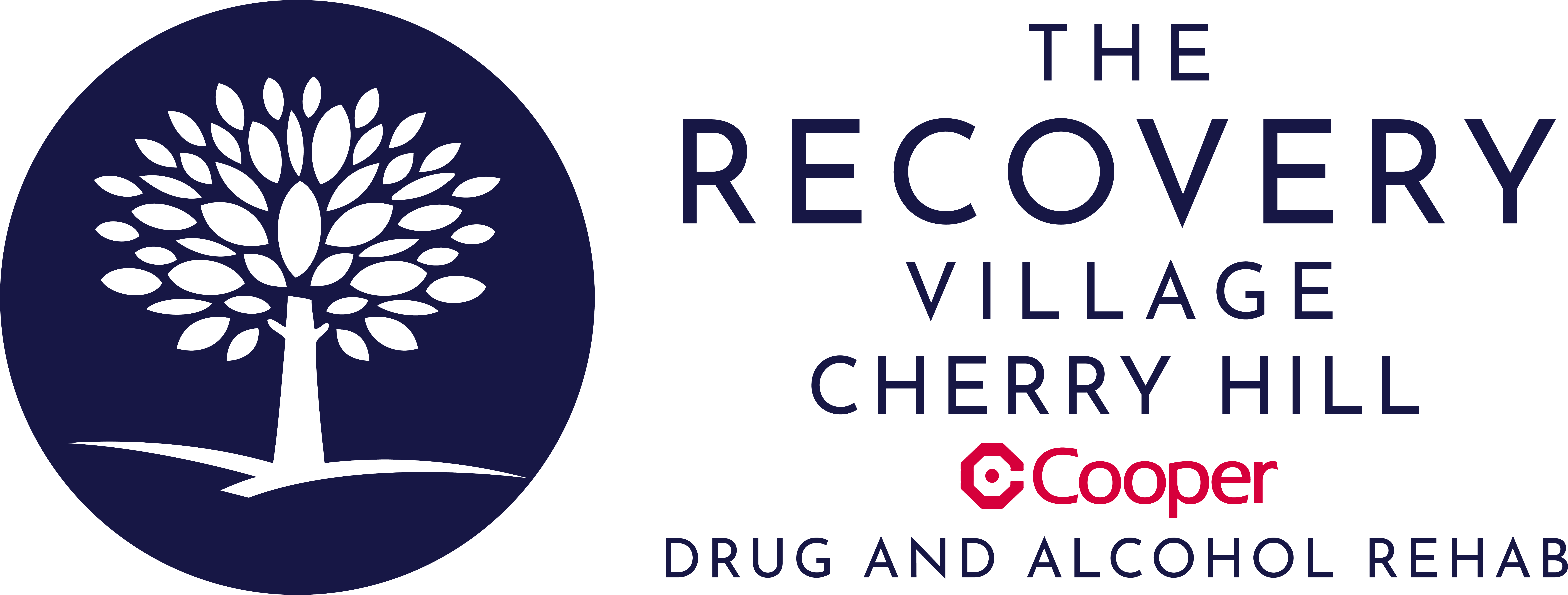Key Takeaways
- Methadone addiction in South Jersey reflects broader trends in New Jersey, with changes in treatment and overdose trends during the COVID-19 pandemic.
- Access to methadone treatment is limited, especially in rural areas, with only 1613 active Opioid Treatment Programs (OTPs) in the US.
- Contributing factors to methadone addiction include the COVID-19 pandemic, mental health conditions, polysubstance use, homelessness and social determinants of health.
- Methadone’s addictive properties stem from its opioid characteristics, which can produce euphoria and relaxation, but also carry risks of serious side effects.
- Methadone rehabilitation programs in South Jersey offer both inpatient and outpatient services, integrating medications with behavioral therapies.
- Success of methadone rehabilitation is measured by patient retention, completion rates and sustained recovery, with long-term treatment showing better outcomes.
- Personal narratives of overcoming methadone addiction highlight the life-saving nature of methadone in treatment and the importance of community support.
- Support systems, including family, friends, healthcare professionals and community resources, are crucial for recovery from methadone addiction.
Methadone Addiction Trends in South Jersey
The prevalence of methadone addiction in South Jersey reflects broader trends observed throughout New Jersey. According to recent research, the utilization of methadone treatment and overdose trends among Medicaid beneficiaries in New Jersey shifted notably during the COVID-19 pandemic.
Data from 2018 to 2020 indicates changes in methadone maintenance treatment (MMT) starts, discontinuations and medically treated overdoses. This period saw adaptations in policy and provider practices to maintain access to MMT, which was crucial for supporting individuals through the pandemic without increasing the risk of overdose.
The potential changes in legislation, such as the Modernizing Opioid Treatment Access Act of 2023, may further impact the prevalence and treatment of methadone addiction by allowing more flexible dispensing options. This could be a significant step forward in bridging the treatment gap for those struggling with opioid use disorder (OUD) in South Jersey and beyond.
Factors Behind Methadone Addiction in South Jersey
Several factors contribute to the prevalence of methadone addiction in South Jersey. Studies show that despite efforts to maintain access to MMT during the pandemic, there has been an increase in medically treated overdoses.
Recovery Can Be Life Changing
Whether you or a loved one is struggling with addiction, our expert team is here to guide you every step of the way. Don’t wait— reach out today to take the first step toward taking control of your life.
“My life has became something that I’m proud of and something I can be grateful for.“
– Joseph McDermott, The Recovery Village Cherry Hill Alumni
Furthermore, the presence of mental health conditions, including major depressive disorder and medical risk factors such as pulmonary conditions, have been associated with an increased risk of addiction. Polysubstance use is also a contributing factor, with national studies indicating that multiple substance use disorders are common among those with OUD in New Jersey.
Homelessness and social determinants of health are additional factors exacerbating the opioid crisis. Untreated OUD among people experiencing homelessness further drives overdose deaths, emphasizing the need for comprehensive public health interventions.
Socioeconomic Impact of Methadone Addiction in South Jersey
Methadone addiction in South Jersey has profound implications for communities, affecting families, public health and crime rates. The reliance on Medicaid for addiction treatments, including methadone, underscores the precarious nature of healthcare coverage for many individuals living with addiction.
The intersection of drug policy, healthcare and social determinants of health, such as housing and employment, is particularly impactful on low-income families and communities of color. These populations often face regulatory interventions rather than welfare-oriented support, which can exacerbate the challenges of methadone addiction.
The personal toll of addiction, coupled with systemic challenges, underscores the urgent need for comprehensive strategies to address the impact of methadone addiction on South Jersey communities.
The Addictive Nature of Methadone
The U.S. Food and Drug Administration (FDA) approves methadone for the treatment of moderate-to-severe pain unresponsive to non-narcotic analgesics and for the detoxification and treatment of OUD as part of medication-assisted treatment (MAT). While methadone is effective in reducing opioid cravings and withdrawal symptoms, its own potential for addiction and misuse is a concern.
The addictive nature of methadone stems from its opioid properties, which can produce feelings of euphoria and relaxation. Its long half-life, ranging from 8 to 60 hours, allows for less frequent dosing than other opioids, which can inadvertently contribute to its misuse.
However, methadone’s pharmacological effects also include the risk of serious side effects such as respiratory depression, QTc prolongation and hypoglycemia, particularly when combined with other central nervous system depressants like benzodiazepines or alcohol.
Methadone’s Pharmacology and Potential for Addiction
One of the key features of methadone is its ability to inhibit the NMDA receptor, which plays a significant role in excitatory pain pathways within the central nervous system. This inhibition can enhance analgesic effects and reduce opioid tolerance, making methadone a valuable tool in pain management. However, this same property can contribute to the development of addiction, as users may seek heightened analgesic and euphoric effects.
The pharmacogenomics of methadone also reveal a significant inter-individual variability in response, which can complicate dosing and increase the risk of addiction. Research underscores the importance of understanding methadone’s unique properties to effectively manage pain and treat OUD while mitigating the risk of addiction.
The Cycle of Methadone Addiction
The cycle of methadone addiction is a complex process that encompasses various stages, from initial use to potential withdrawal. It begins with:
- Use: Methadone is prescribed for pain or as part of a MAT plan for opioid addiction.
- Tolerance: Over time, some individuals may develop a tolerance, requiring higher doses to achieve the same effects.
- Dependence: Dependence is characterized by the necessity to continue using methadone to avoid unpleasant withdrawal symptoms rather than for therapeutic effects.
- Addiction. When methadone becomes central to daily functioning, the individual has entered the stage of addiction. This stage is marked by compulsive drug-seeking behavior.
- Withdrawal symptoms: Should an individual attempt to quit or reduce their methadone use, they may experience withdrawal symptoms which can begin within 24 to 30 hours after the last dose.
Withdrawal can be prolonged, with early symptoms including anxiety and trouble sleeping, while post-acute withdrawal symptoms (PAWS) may persist for several months or even up to two years.
Methadone Rehabilitation Programs in South Jersey
South Jersey offers a range of methadone rehabilitation programs aimed at supporting individuals struggling with opioid addiction, including methadone dependency. These programs are designed to provide comprehensive treatment and support, which can be a crucial step towards recovery for many individuals. The Division of Mental Health and Addiction Services (DMHAS) in New Jersey promotes evidence-based practices, including the Medication-Assisted Treatment Initiative (MATI), which integrates medications like methadone with behavioral therapies.
Facilities across South Jersey, including Hamilton Township, Atlantic City and Camden, offer various levels of care to address methadone addiction. The New Season program, for example, combines MAT with counseling to help individuals reclaim their lives from opioid addiction.
Methadone Rehab Program Options
One of the primary forms of treatment is through Opioid Treatment Programs (OTPs), which are accredited facilities certified by the Substance Abuse and Mental Health Services Administration (SAMHSA). OTPs provide comprehensive services that include MAT with methadone, counseling and support for individuals in recovery.
Rehabilitation programs can be categorized into inpatient and outpatient settings. Both types of programs have shown effectiveness, but the choice largely depends on the individual’s specific situation, including the severity of addiction, personal responsibilities and support systems.
- Inpatient programs: They offer a residential treatment experience where patients stay at the facility for the duration of their treatment.
- Outpatient programs: They allow individuals to live at home while attending treatment sessions at scheduled times.
Effectiveness of Methadone Rehabilitation in South Jersey
Assessing the effectiveness of methadone rehabilitation programs in South Jersey involves a multifaceted approach. Treatment centers in the region employ various metrics to gauge success, including patient retention, completion rates of treatment programs and sustained recovery statistics.
These centers also closely monitor relapse rates at key intervals — 30, 60 and 90 days post-treatment — to provide a clearer picture of the short-term outcomes for patients. Local data suggests these measures are crucial in understanding the impact of these programs on individuals struggling with methadone addiction.
Studies underscore the importance of long-term treatment with methadone, suggesting better outcomes for those maintained on the medication beyond six months, irrespective of the frequency of counseling received.
Methadone Addiction Recovery Success Stories From South Jersey
In South Jersey, individuals have faced the challenge of overcoming addiction and have found pathways to rehabilitation that shed light on both the difficulties and the successes associated with recovery. These stories often highlight the critical role of comprehensive treatment programs and the support of the community in facilitating successful outcomes.
For some, methadone has been a crucial component of their recovery process, helping to mitigate withdrawal symptoms and reduce the risk of relapse. The narratives also often address the stigma associated with methadone use, advocating for a more compassionate and informed view of its role in addiction treatment.
Overcoming Challenges and Triumphs on the Path to Recovery
Individuals in recovery may face a myriad of obstacles, such as confronting past behaviors, dealing with co-occurring disorders and resisting the lure of relapse. However, through these struggles, many also experience profound personal growth and milestones worth celebrating. Early recovery is particularly crucial, as it sets the foundation for long-term sobriety.
Celebrating recovery milestones is not only a way to honor these achievements but also serves as a powerful motivator for continued progress. These moments of triumph, whether they are shared publicly or recognized privately, are pivotal in reinforcing an individual’s commitment to their recovery journey.
Why Support Systems Are So Important in Substance Recovery
Support systems are indispensable in the journey towards recovery from methadone addiction. These networks, comprising family, friends, healthcare professionals and community resources, provide the emotional scaffolding necessary to navigate the challenges of sobriety. The presence of a robust support system has been consistently linked to improved outcomes in addiction recovery, offering a buffer against relapse and enhancing long-term resilience.
Key components of a support system include:
- Emotional support, which helps individuals feel understood and less isolated.
- Accountability partners, who encourage adherence to recovery goals.
- Sober communities, offering a sense of belonging and shared experiences.
- Professional guidance from therapists and counselors.
Recovery support groups, like 12-step programs and less-structured support circles, also play a crucial role. They provide a platform for individuals to share their struggles and victories, fostering a collective strength that can be pivotal in maintaining sobriety.
Help Is Available — Get Treatment for Methadone Addiction Recovery in South Jersey Today
If you’re seeking addiction treatment for yourself or a loved one, The Recovery Village Cherry Hill at Cooper is here to help. Our facility is conveniently located within the heart of New Jersey, under 20 minutes from Philadelphia.
We have a full range of treatment options, including medical detox, inpatient care, partial hospitalization programming and intensive outpatient services. We offer a state-of-the-art inpatient facility with specialized trauma options, including EMDR and a specialty track for veterans and first responders.
If you or a loved one are ready to begin the journey toward a substance-free life, we’re standing by to take your call. Reach out to our Recovery Advocates to learn more about our treatment programs and find a plan that works well for your specific needs and situation.









